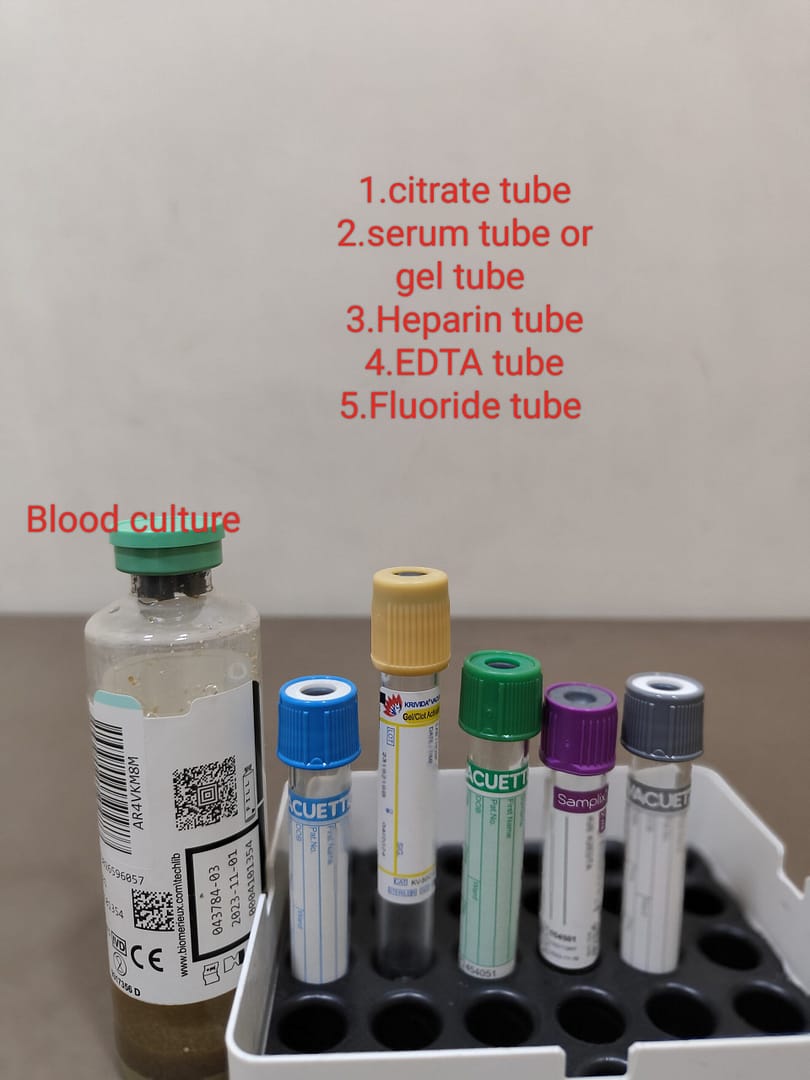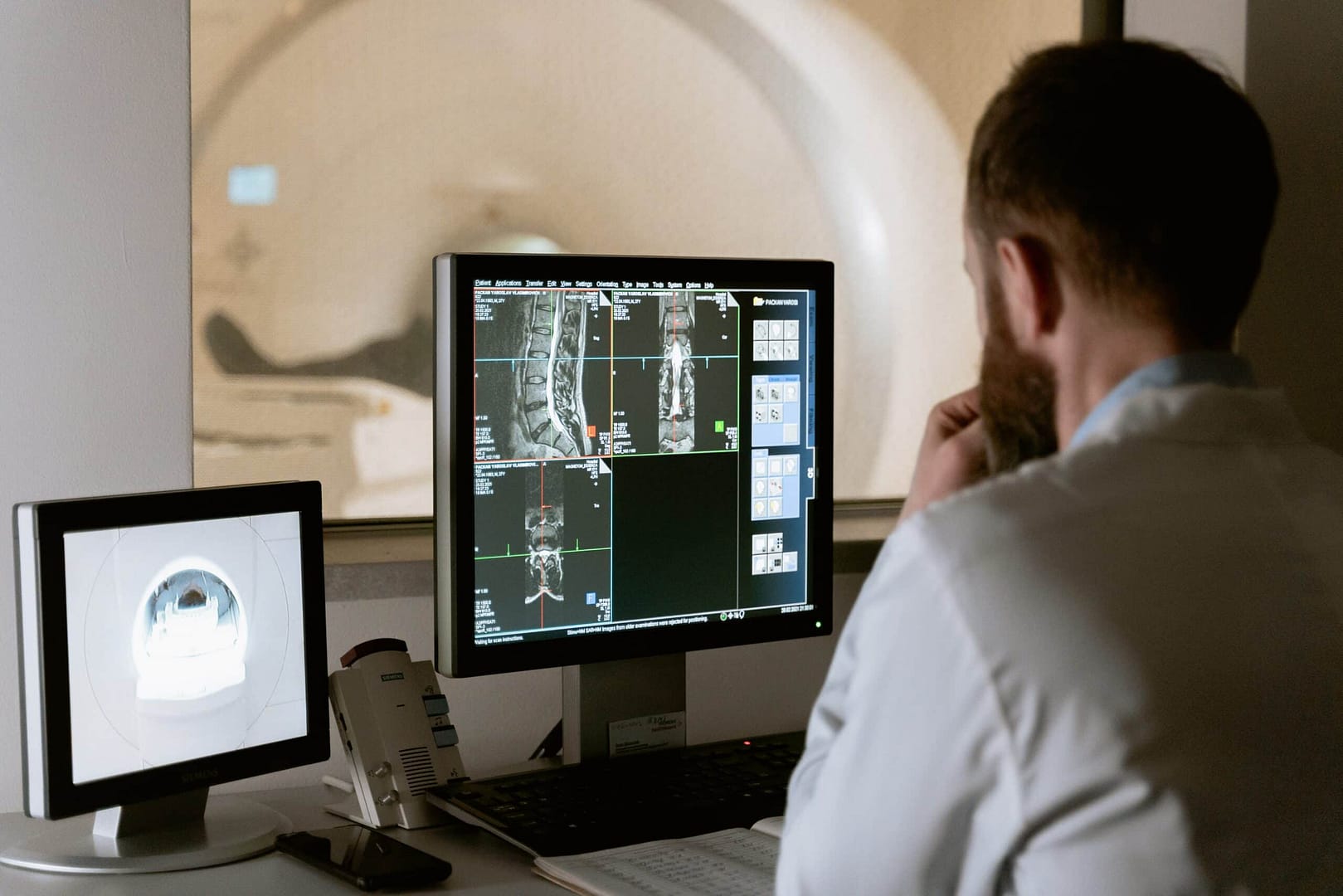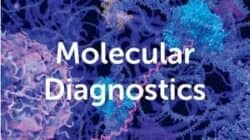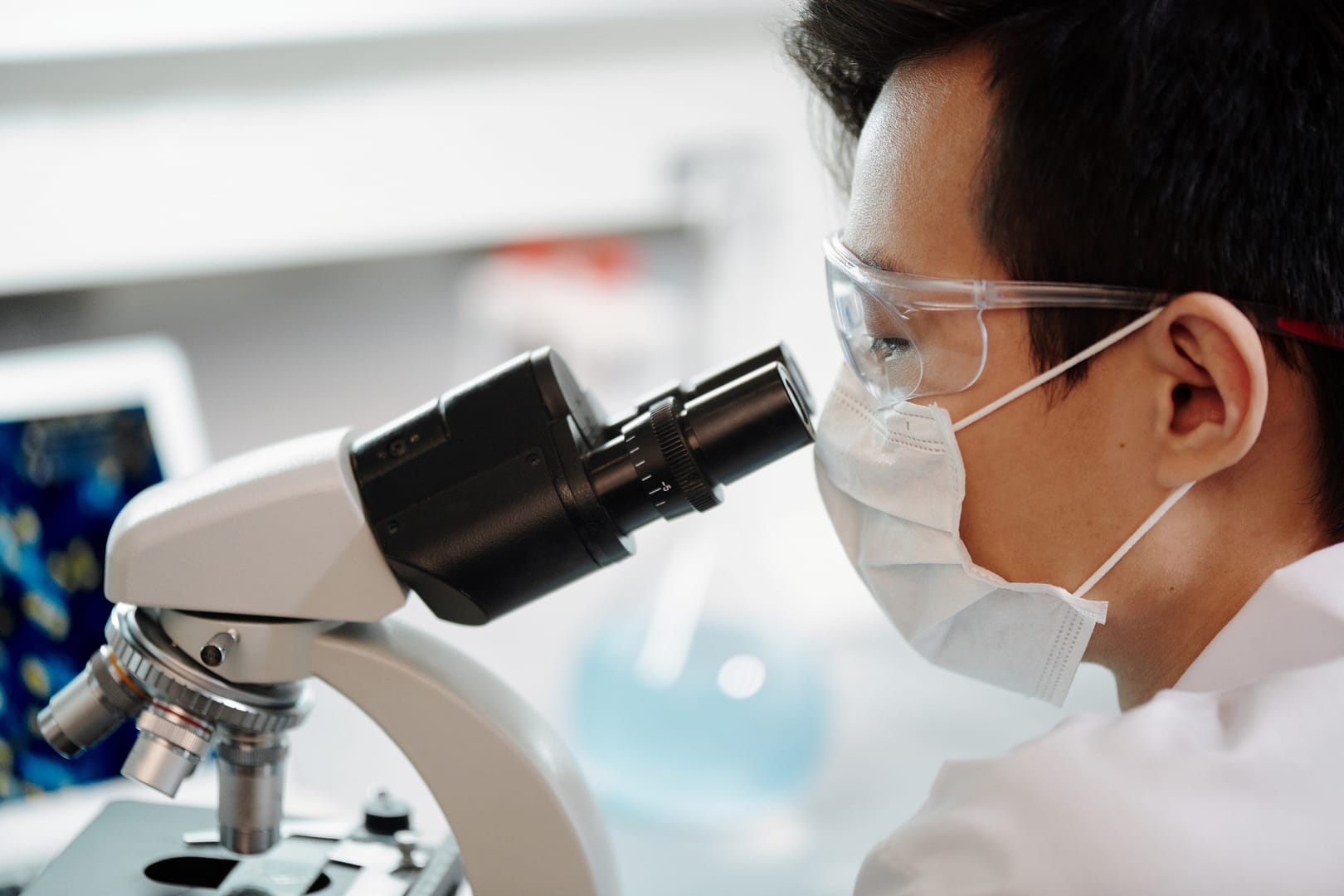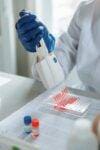HPLC-Definition, principle uses in clinical diagnostics
High-performance liquid chromatography (HPLC) is a powerful analytical technique used to separate and identify compounds in a liquid mixture. It is a versatile technique that can be used in a wide variety of applications, including the pharmaceutical industry, environmental analysis, and clinical diagnostics. Principle of HPLC The basic principle of HPLC is the partitioning of … Read more

